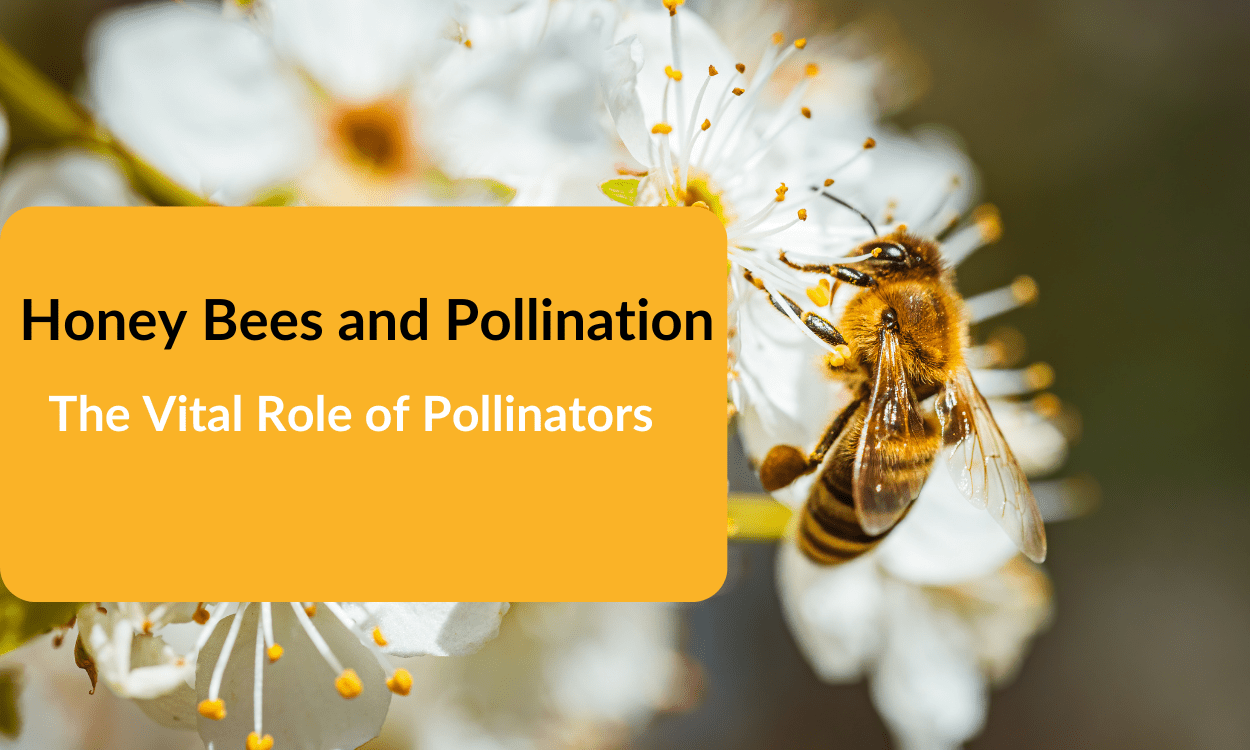

Honey Bees and Pollination: The Vital Role of Pollinators
In the grand scheme of our delicate ecosystem, few creatures play a more crucial role than the humble honey bee. These industrious insects are not merely the producers of the sweet golden elixir we know and love as honey – they are the unsung heroes of pollination, responsible for the flourishing of countless plant species that form the foundation of our food supply and the natural world around us.
The Remarkable Process of Pollination
Pollination is the process by which pollen is transferred from the male part of a flower (the anther) to the female part (the stigma), enabling fertilization and the subsequent production of fruits and seeds. While some plants are able to self-pollinate, the majority rely on the assistance of pollinators, such as bees, butterflies, birds, bats, and even some small mammals, to facilitate this crucial reproductive function.
Honey bees, with their intricate dance communication, hairy bodies, and specialized pollen-collecting apparatus, are undoubtedly the most prolific and efficient pollinators on the planet. As they flit from blossom to blossom in search of nectar, the pollen grains become attached to their fuzzy limbs and bodies, and are then transferred to the next flower they visit, enabling the fertilization process to occur.
The Astonishing Scale of Bee Pollination
The scale of honey bee pollination is truly staggering. It’s estimated that these remarkable creatures are responsible for the pollination of approximately 75% of all flowering plants and crops worldwide. This includes a vast array of fruits, vegetables, nuts, and even some cash crops like cotton. Without the tireless work of honey bees, our global food supply would be in a dire state.
In the United States alone, honey bees contribute an estimated $15 billion to the value of crop production each year. They are essential for the cultivation of everything from almonds and avocados to blueberries and broccoli. In fact, it’s estimated that one in every three bites of food we consume is directly related to the pollination efforts of bees.
The Threats Facing Honey Bees
Despite their invaluable contribution to our ecosystem and food security, honey bees are facing a number of alarming threats that have led to a decline in their populations around the world. One of the most significant challenges is the widespread use of pesticides, particularly neonicotinoids, which have been shown to have devastating effects on bee colonies.
Habitat loss and fragmentation due to urbanization and intensive agriculture have also taken a toll on honey bee populations, as they struggle to find adequate forage and nesting sites. Climate change, disease, and the spread of parasites like the Varroa mite have further compounded the challenges faced by these hardworking pollinators.
The Consequences of Bee Decline
The decline of honey bee populations is a global crisis with far-reaching consequences. Without the pollination services provided by bees, many plant species would struggle to reproduce, leading to a collapse in biodiversity and the disruption of entire ecosystems.
This, in turn, would have a catastrophic impact on our food supply. Crops that rely on bee pollination, such as fruits, vegetables, and nuts, would see drastically reduced yields, leading to potential food shortages and skyrocketing prices. The economic impact would be staggering, with estimates suggesting that the loss of honey bees could cost the global economy hundreds of billions of dollars annually.
Beyond the economic implications, the decline of honey bees would have profound consequences for the natural world. Many wild plant species, which serve as critical sources of food and habitat for countless other organisms, would struggle to thrive without the pollination services provided by bees. This could lead to a cascading effect, with far-reaching implications for the delicate balance of our ecosystems.
Protecting and Preserving Honey Bees
Given the vital role that honey bees play in sustaining our planet’s ecological and agricultural systems, it’s clear that we must take immediate action to protect and preserve these remarkable creatures. This will require a multi-pronged approach involving policymakers, researchers, farmers, and individual citizens.
One of the most pressing priorities is to reduce the use of harmful pesticides, particularly neonicotinoids, which have been shown to have devastating effects on bee colonies. Governments and regulatory bodies must enact stricter regulations and enforcement measures to limit the use of these toxic chemicals and promote the adoption of more sustainable, bee-friendly agricultural practices.
Equally important is the need to restore and preserve natural habitats for honey bees and other pollinators. This can be achieved through initiatives such as urban gardening, the creation of pollinator-friendly public spaces, and the implementation of conservation strategies that protect and expand vital foraging and nesting areas.
At the individual level, people can make a significant difference by planting native, bee-friendly flowers and plants in their gardens, avoiding the use of pesticides, and supporting local beekeepers and honey producers. By taking these simple actions, we can all contribute to the preservation of honey bees and the vital role they play in sustaining our world.
Conclusion
Honeybees are truly the unsung heroes of our global ecosystem. Through their tireless pollination efforts, they play a crucial role in maintaining the delicate balance of our natural world and ensuring the continued production of the foods we rely on for sustenance. As we face the alarming decline of honey bee populations, it’s clear that we must act now to protect these remarkable creatures and safeguard the future of our planet. By working together – through policy, science, and individual action – we can ensure that the honey bee continues to thrive and fulfill its vital role as a champion of pollination and a guardian of our shared ecological legacy.